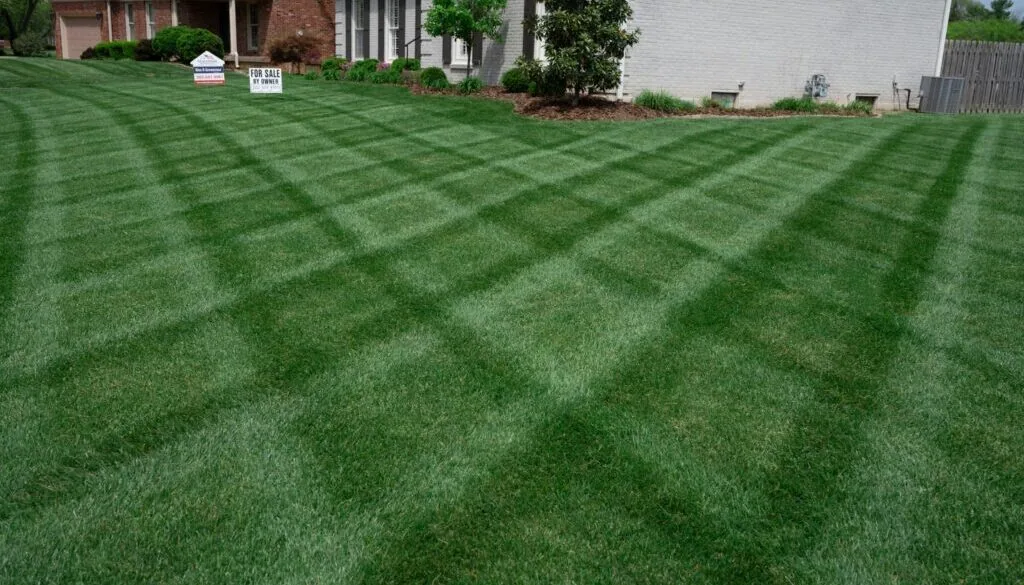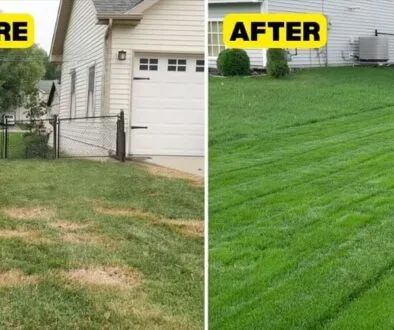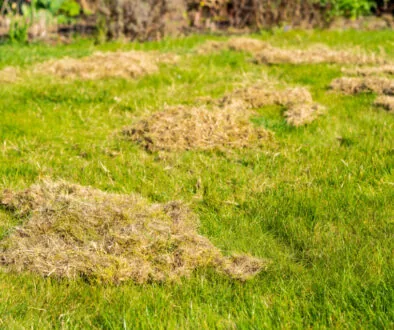Year-Round Mowing Tips
Best Practices for Spring, Summer & Fall Turf Health
Proper mowing is more than just keeping your lawn neat—it’s a vital component of turf health. Each season presents different challenges and opportunities for maintaining a strong, green lawn. Whether you’re a property manager or a homeowner, following seasonal mowing best practices will help your turf thrive from spring green-up through fall dormancy.
Wake Up the Lawn Gently
Spring is the time to transition from winter dormancy to active growth. Your mowing strategy should focus on encouraging healthy roots and preventing weed invasion.
Spring Mowing Tips:
- Start slow: Wait until the grass is at least 2.5–3 inches tall before the first mow.
- Sharpen your mower blades: A clean cut helps prevent disease and stress.
- Never scalp: Remove no more than 1/3 of the grass height at a time to avoid shock.
- Mow high: Keep your mowing height around 3–3.5 inches to promote deeper roots and crowd out weeds.
- Mow when dry: Cutting wet grass can lead to clumping, ruts, and fungal issues.
Beat the Heat
Summer brings heat, drought, and stress. Your goal should be to reduce turf stress and conserve moisture.
Summer Mowing Best Practices and Tips:
- Raise the mowing height: Taller grass shades the soil and reduces evaporation.
- Mow less frequently: Let grass grow longer between mows if drought is present.
- Leave clippings (mulch mowing): Grasscycling returns nitrogen and moisture to the soil.
- Avoid mowing in the heat: Mow in the morning or early evening to avoid heat stress—both for the turf and the operator.
- Keep blades sharp: Dull blades tear rather than cut, increasing stress and disease susceptibility.
Prep for Winter Dormancy
Fall is a critical season for root growth and turf recovery. Mowing helps transition the lawn into winter in a healthy state.
Fall Mowing Tips:
- Gradually lower the mowing height: Bring it back down to 2.5–3 inches before the final mow to prevent matting and snow mold.
- Keep mowing until growth stops: Grass may continue to grow into late fall, especially cool-season varieties like fescue and bluegrass.
- Remove leaves and debris: Regular mowing can help mulch light leaf fall, but heavy buildup should be raked to prevent smothering the turf.
- Final mow before winter: Make the last cut slightly shorter to reduce disease risk, but avoid scalping.
Bonus Mowing Tips for All Seasons
- Change your mowing pattern: Alternate directions to avoid compaction and ruts.
- Maintain your equipment: Regular oil changes, blade sharpening, and deck cleaning can make a big difference.
- Stay consistent: Irregular mowing weakens turf and creates opportunities for weeds and pests.
Healthy turf starts with smart mowing. Adjusting your mowing practices with the seasons—cutting high in summer, starting slow in spring, and finishing strong in fall—will set your lawn up for long-term success. Whether you’re managing a commercial property or caring for your home lawn, seasonally smart mowing is one of the simplest and most effective tools in your turf management toolkit.





